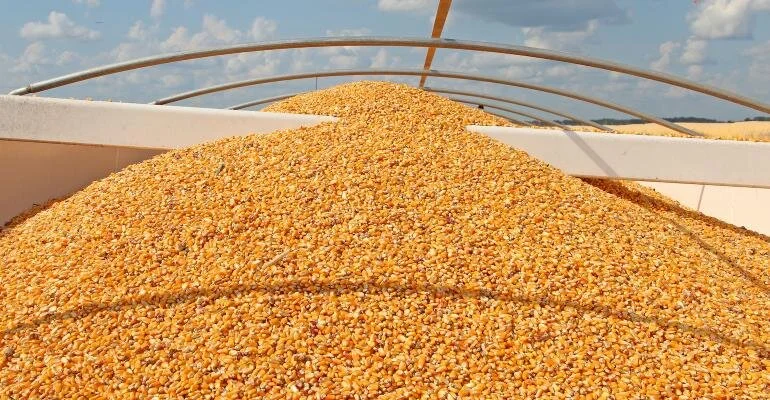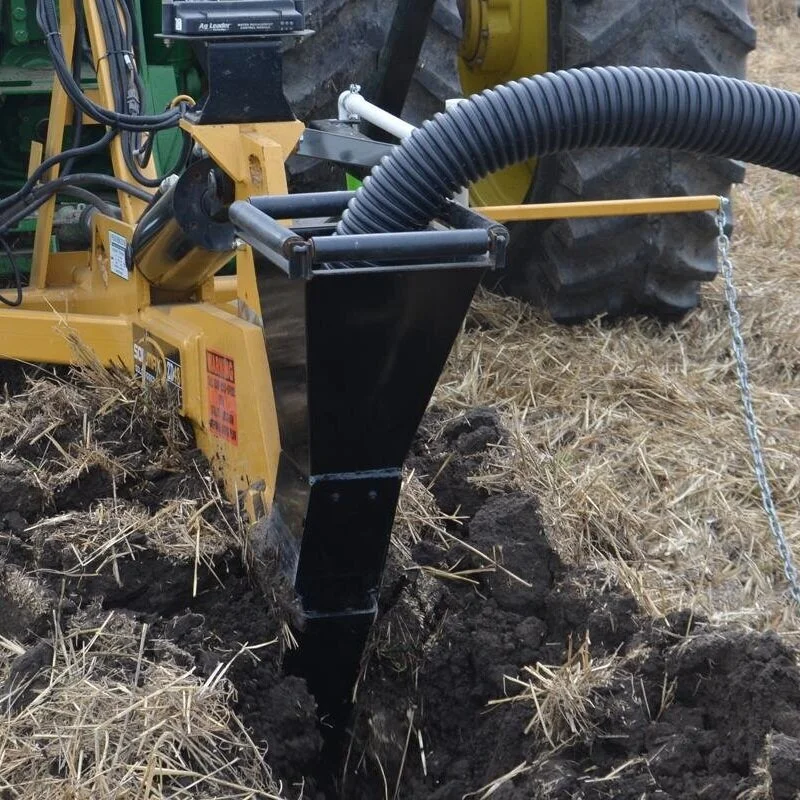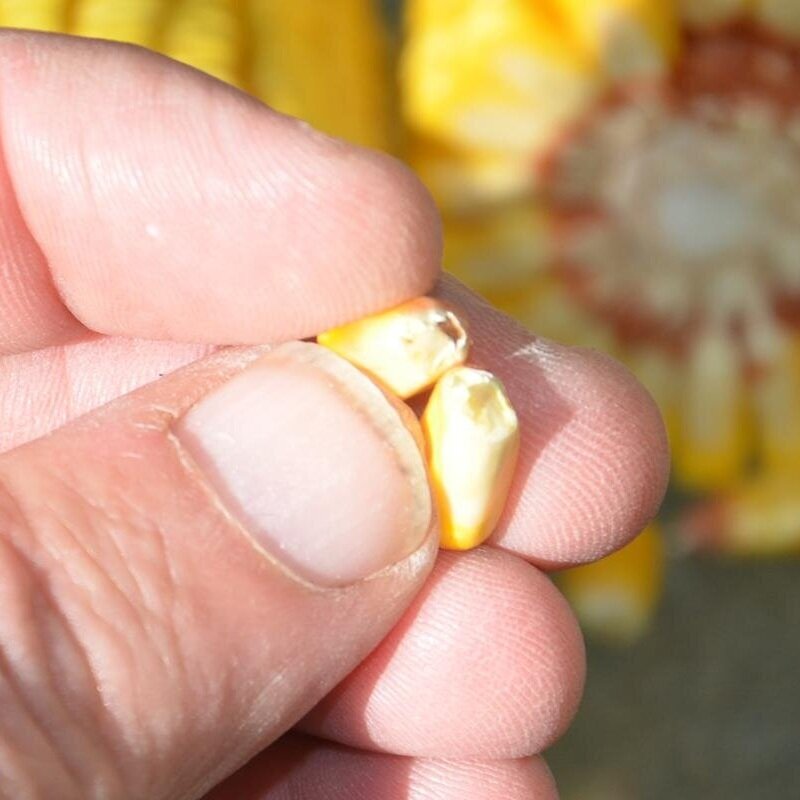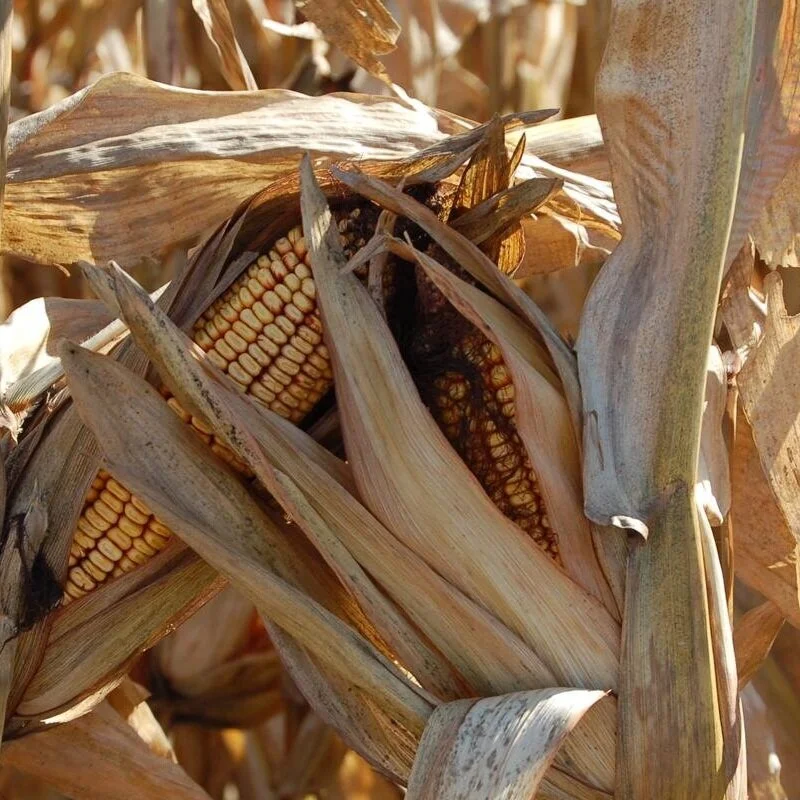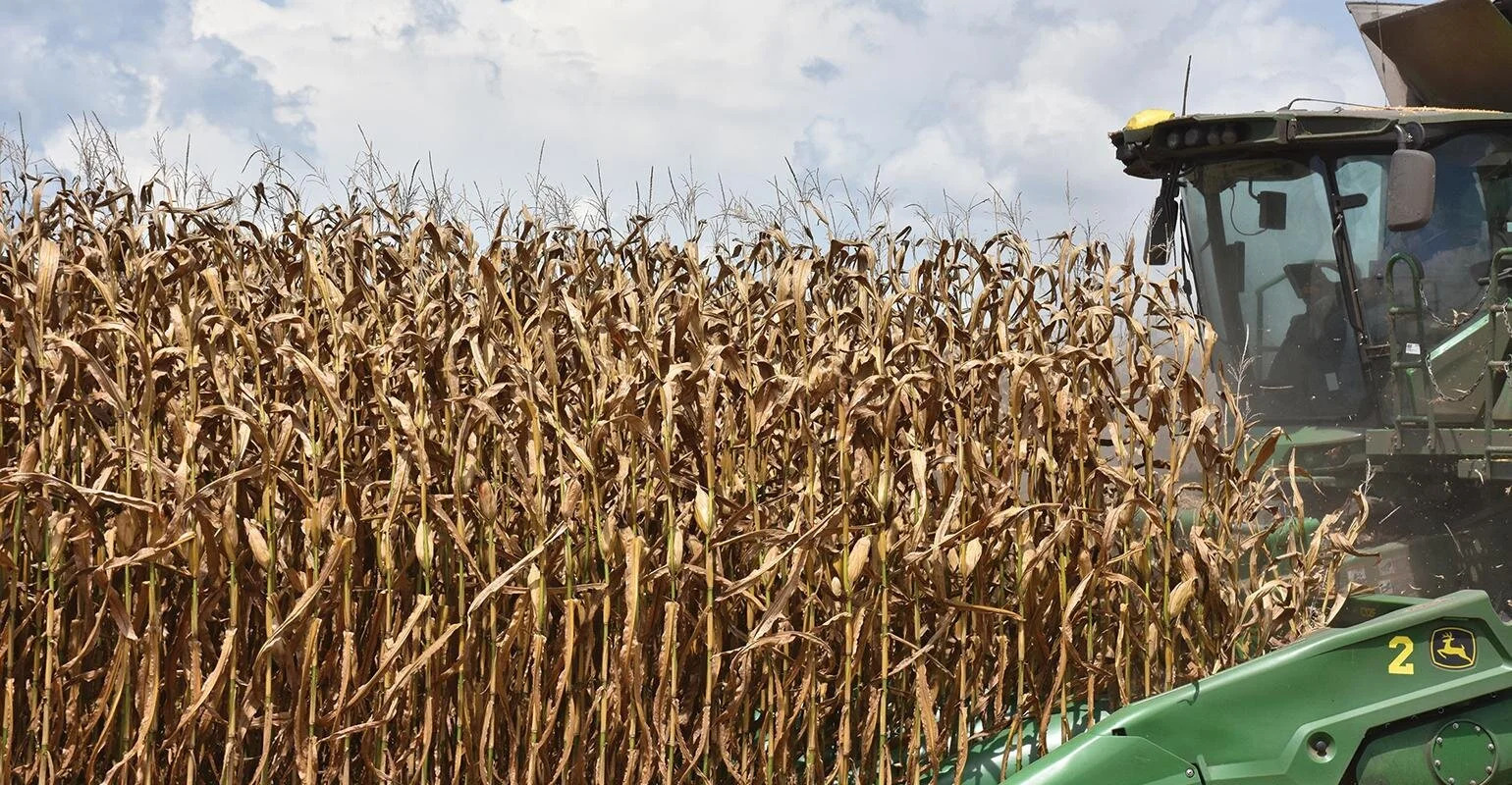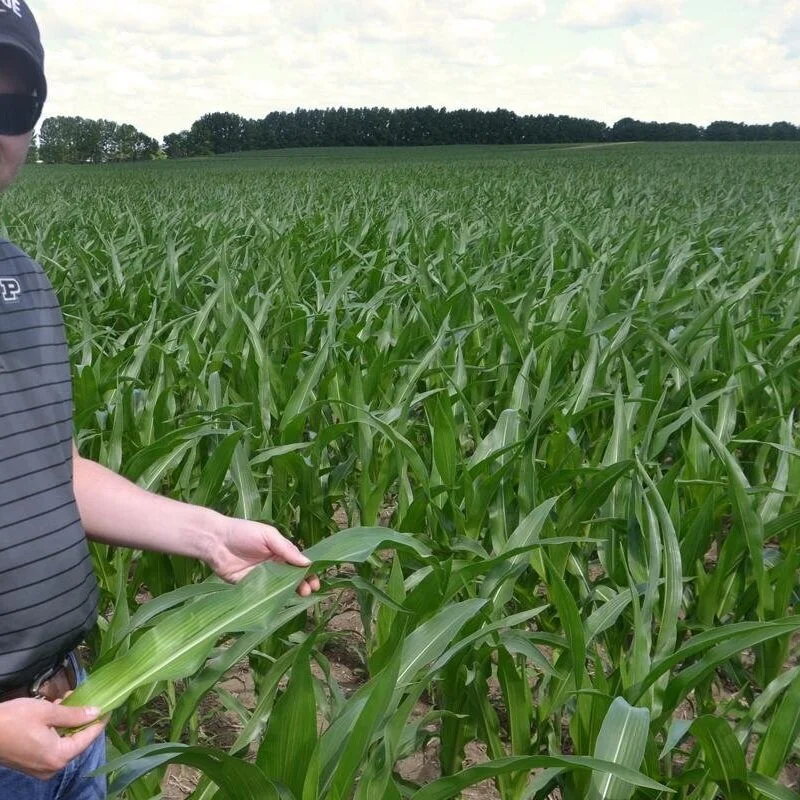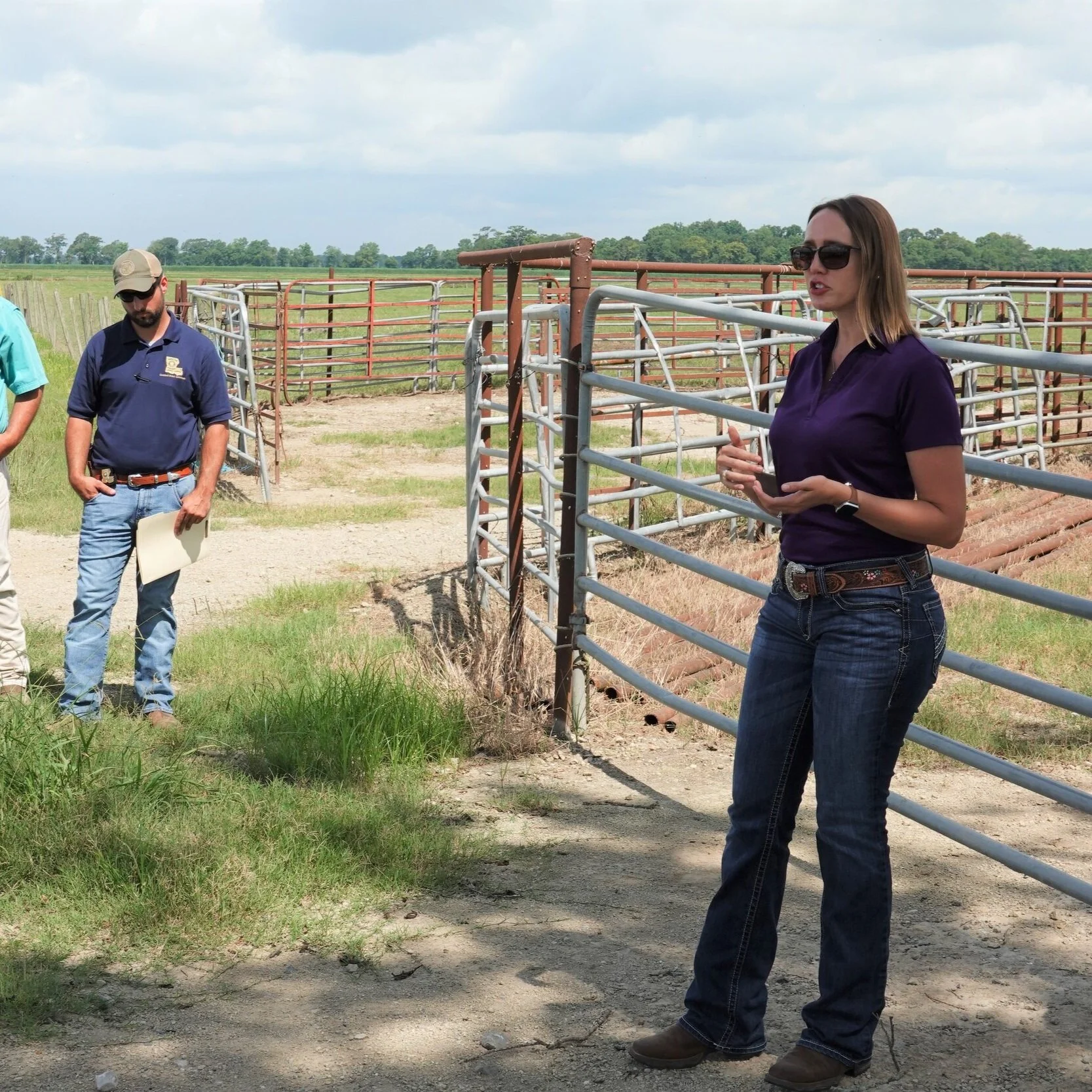A Corn Harvest to Remember
Bill Moroni will tell you it was a good year to be a corn producer in northeastern Louisiana. Planting began on schedule. Rains fell plentifully. Insect and disease pressure was low, and the brunt of September hurricanes mostly bypassed the region.
With those weather conditions it’s no surprise yields were good. Moroni would not disclose his family farm average, but he said the 2021 corn crop was one of the best ever.
Read More
Ten Things That Breakdown In Borrower-Lender Relationship
During a webcast, a new agricultural lender in her first full-time job asked, “Why do producers switch lenders?” Of course, the answer to this age-old question is, “It depends!” Six decades of being involved with agriculture and various economic cycles has taught me that circumstances often vary as an industry or for an individual farm.
Read More
#1 Way To Increase Farm Income: Invest In Tile, Lime
People ask Jim Schwartz how they can make more per acre raising corn and soybeans. When they do, Schwartz, Beck’s director of research, including the Practical Farm Research program, says he can point to several practices for both corn and soybeans that have a big return on investment very quickly. However, he always starts at the same place.
“The place to begin is with tile and lime,” he insists. “We’ve proven it time and again in our PFR program, and farmers who install tile and add lime tell us the same thing. If you want to begin increasing income and profit per acre over time, there’s no better place to start than by installing tile and spreading lime where you need tile and lime.”
Read More
Politics Prioritized Over Aid, Despite Rep. Letlow’s Best Efforts
This week, the House Agriculture Committee passed its portion of the $3.5 trillion reconciliation package, including more than $94 billion in new spending related to agriculture.
For Louisiana, there is a glaring hole in that spending plan as it is lacking supplemental disaster assistance for farmers and ranchers after Hurricane Ida ravaged the state last month.
Read More
The Magic Of Reaching Black Layer
Normally when Dave Nanda walks through a cornfield in early to mid-September, he is anxious to shuck an ear, pull back the husks and split the ear in half. Then he plucks out a kernel, pulls out his pocketknife and, looking like a surgeon, gently pecks at the tip.
“I’m trying to determine if the black layer has formed,” Nanda says. “That’s a big deal for a corn plant, because if I find the black layer, it means the kernel is physiologically mature. It’s safe from frost. The plant has done its job and produced viable kernels. It doesn’t know that these kernels produced by hybrid corn won’t be planted.”
Read More
USDA To Offer New Insurance Option For Corn Farmers Who "Split-Apply" Nitrogen
Corn farmers who "split apply" nitrogen will soon have another option for insurance coverage. Beginning in crop year 2022, the U.S. Department of Agriculture's (USDA) Risk Management Agency (RMA) will offer the Post Application Coverage Endorsement (PACE) in certain states for non-irrigated corn, providing coverage for producers who use this practice that is considered better for natural resources and saves money for producers.
To "split-apply" nitrogen, growers make multiple fertilizer applications during the growing season rather than providing all of the crop's nitrogen requirements with a single treatment before or during planting. The PACE will provide payments for the projected yield lost when producers are unable to apply the in-season nitrogen application.
"USDA is committed to building insurance options that encourage use of practices that are better for the environment and for producers' bottom lines," said RMA Acting Administrator Richard Flournoy. "We are able to offer the PACE thanks to the cooperation of our partners, including the Illinois Corn Growers Association, National Corn Growers Association, Ag-Analytics Technology Company and Meridian Institute."
"Split application" of nitrogen can lead to lower input costs as well as helps prevent runoff or leaching of nutrients into waterways and groundwater. This is because it is used in more targeted amounts over multiple applications, rather than one large application.
This new crop insurance option builds upon RMA's efforts to encourage use of conservation practices, including cover crops. For example, RMA recently provided premium support for producers who planted cover crops to help offset impacts from the pandemic. Meanwhile, RMA recently updated policy to allow producers with crop insurance to hay, graze or chop cover crops at any time and still receive 100% of the prevented planting payment. This policy change supports use of cover crops, which can help producers build resilience to drought.
The Federal Crop Insurance Corporation Board approved the PACE recently, and RMA will share additional details later this year. The sales closing date for the endorsement will be the same as the producer's underlying corn policy.
More Information
RMA staff are working with AIPs and other customers by phone, mail and electronically to support crop insurance coverage for producers. Farmers with crop insurance questions or needs should contact their insurance agents about conducting business remotely (by telephone or email). More information can be found at farmers.gov/coronavirus.
Crop insurance is sold and delivered solely through private crop insurance agents. A list of crop insurance agents is available at all USDA Service Centers and online at the RMA Agent Locator. Learn more about crop insurance and the modern farm safety net at rma.usda.gov.
Read More
Ida Spares Franklin, Pummels Southern Louisiana
Hurricane Ida spared Franklin Parish much of its fury but pummeled south Louisiana Sunday night and Monday.
Locally, few lost power while only a few fallen limbs littered yards. Many rain gauges across the parish recorded less than an inch of rain.
Franklin Parish farmers worked through the weekend harvesting corn and soybeans in preparation of torrential rain and damaging winds that never came.
Carol L. Pinnell-Alison, LSU AgCenter extension agent, acknowledged local farmers dodged a bullet.
“I think we are in pretty good shape,” Pinnell-Alison said. “We had minimum impact with corn and soybeans from Hurricane Ida.”
Pinnell-Alison said the storm’s eastern trajectory buffered Franklin Parish from its worst impacts.
“We might have had a little wind damage to the corn but not much,” she said.
Read More
Corn Crashes as Hurricane Ida Devastates Busiest U.S. Export Hub
Corn prices in Chicago sank to a seven-week low as broken grain elevators and power outages in the U.S.’s busiest agricultural port raised concerns about grain supplies with nowhere to go.
Hurricane Ida left more than 1 million homes and businesses without electricity in southern Louisiana and also shuttered export terminals in New Orleans. Food supply chains were already under severe pressure amid the pandemic, with shortages of everything from packaging to truck drivers.
Read More
Louisiana Growers Cautiously Optimistic About 2021 Harvest
An outstanding corn harvest and good prices are leaving Louisiana farmers with a sense of optimism as the state moves into the fall harvest.
Farm Press recently sat down with Louisiana Cotton and Grain Association Executive Vice President, Bobby Skeen to discuss the growing season and issues the organization is currently addressing.
Read More
Technology Helps Break Plant Breeding Barriers
Choosing the best crop variety to maximize yield and profitability while still staying within budget is vital to any farm, whether its 100 acres or 100,000. It is also a driving objective for plant breeders that develop these varieties for farmers.
Plant phenotyping is an important part of that decision-making process in plant breeding and for farmers.
Read More
Don't Let Stalk, Ear Rots Spoil Record Harvest
We could have a record corn crop in 2021! At least it looks that way in the eastern Corn Belt. Corn plants in many fields added a couple of extra rows per ear and even added a second ear. Plants were busy making as many progenies as possible.
Timely rains during the same period made certain that kernel depth and test weight improvement further added to already high potential yields. However, conditions that were favorable for crop growth also were conducive to development of fungal leaf diseases such as northern corn leaf blight and gray leaf spot.
Read More
USDA to Measure Grain Stocks in Louisiana
During the first two weeks of September, the U.S. Department of Agriculture’s (USDA) National Agricultural Statistics Service (NASS) will be contacting farmers nationwide to determine the stocks of grains and oilseeds on farms in the United States. In Louisiana, producers will be contacted for on-farm storage of corn and soybeans as of September 1.
Read More
KAAPA Ethanol crop progress report for the week of August 9th
For the week of August 9th the crop progress report actually shows a slight increase in corn conditions while soybeans maintain their weekly status. Subsoil and topsoil moisture conditions continued to dry this week in the Northern plains and are starting to creep further south in Midwest.
Read More
Missing Gene Responsible For Deeper Corn Roots
The discovery of a gene that regulates the angle of root growth in corn is a new tool that could enable the breeding of deeper-rooting crops with enhanced ability to take up nitrogen.
An international team of researchers led by Penn State identified the gene, ZmCIPK15 — a moniker indicating where it is in the genome and how it functions. The gene was found to be missing in a naturally occurring mutant corn line that grew roots at steeper angles, making them go deeper into the soil.
Read More
Rolling Field Day Brings Ag Agencies Together
Commodity field days are a normal summertime occurrence for LSU AgCenter agriculture agents and specialists, but a field day without growers is just different.
During “normal” years, the AgCenter brings together other state and federal agriculture agencies to discuss the condition of crops and livestock in the region.
Read More

